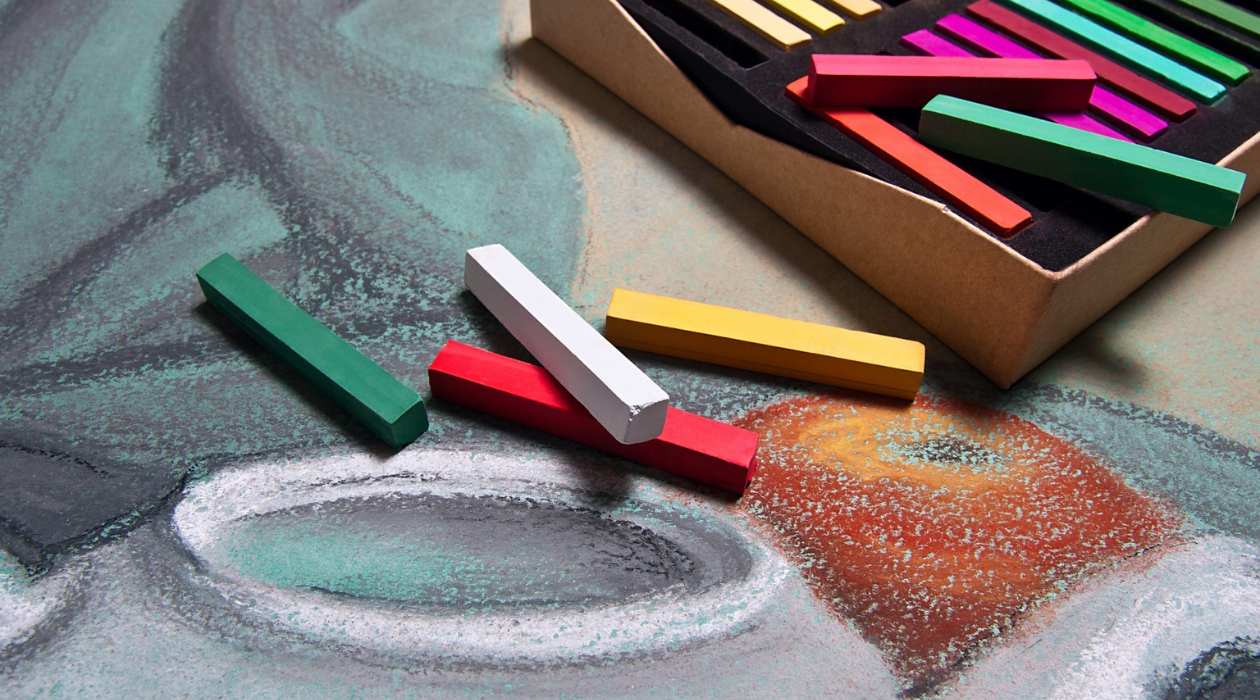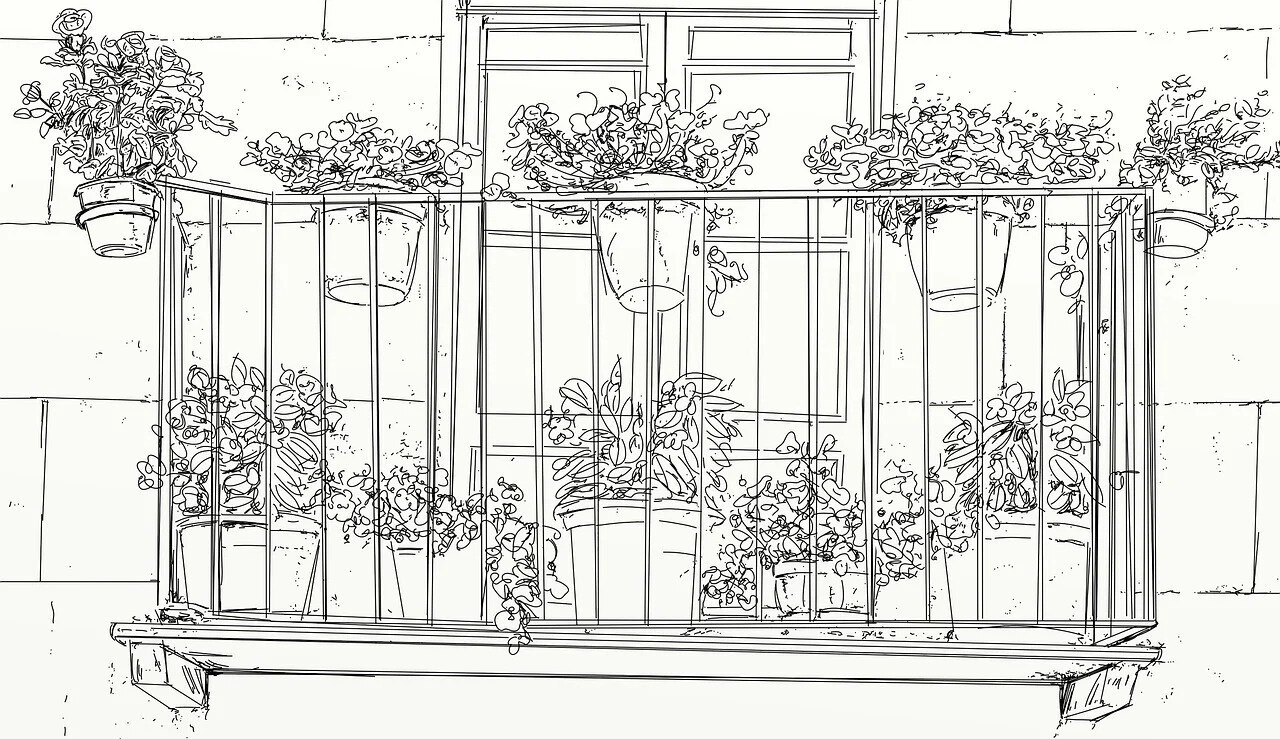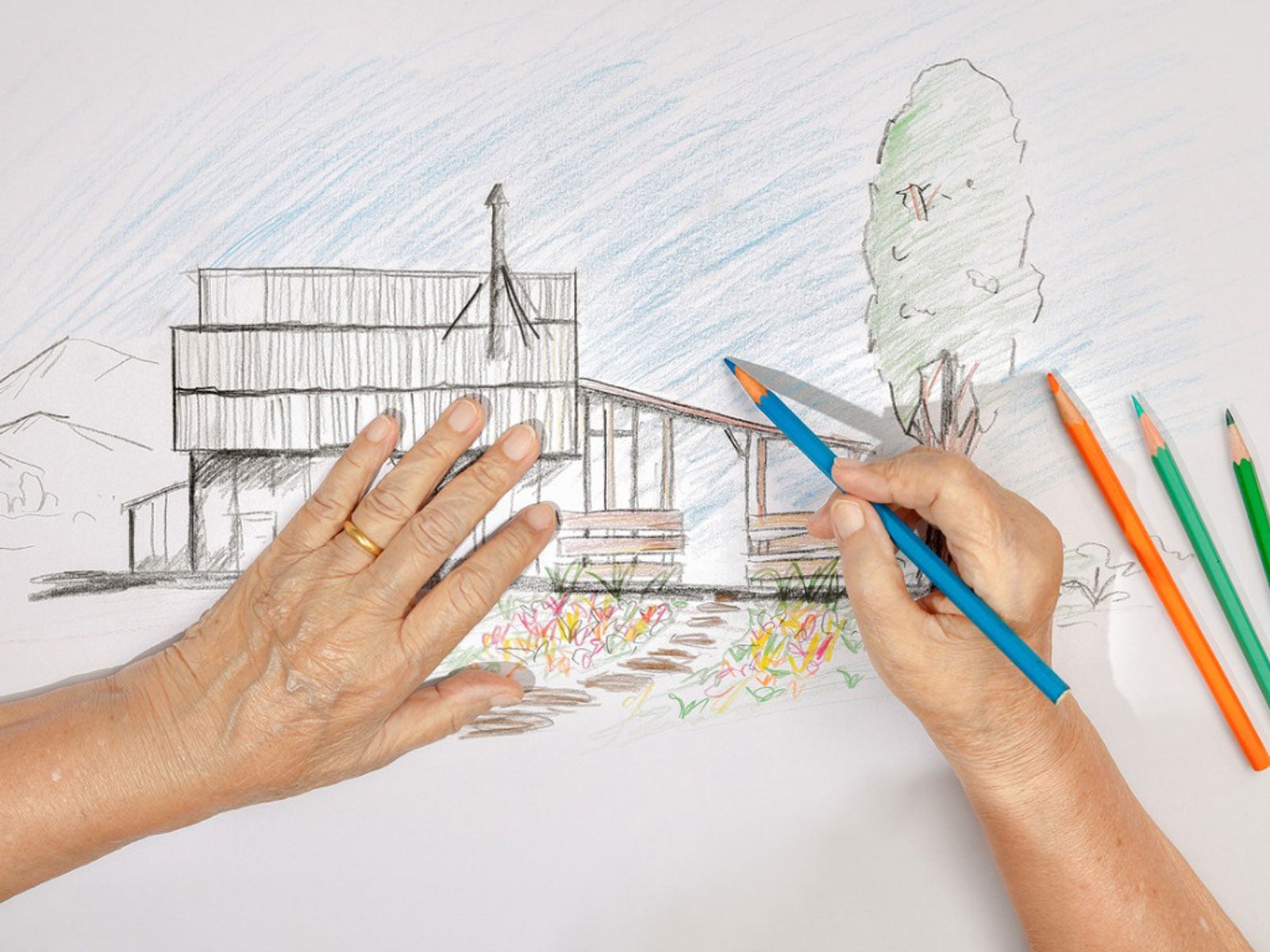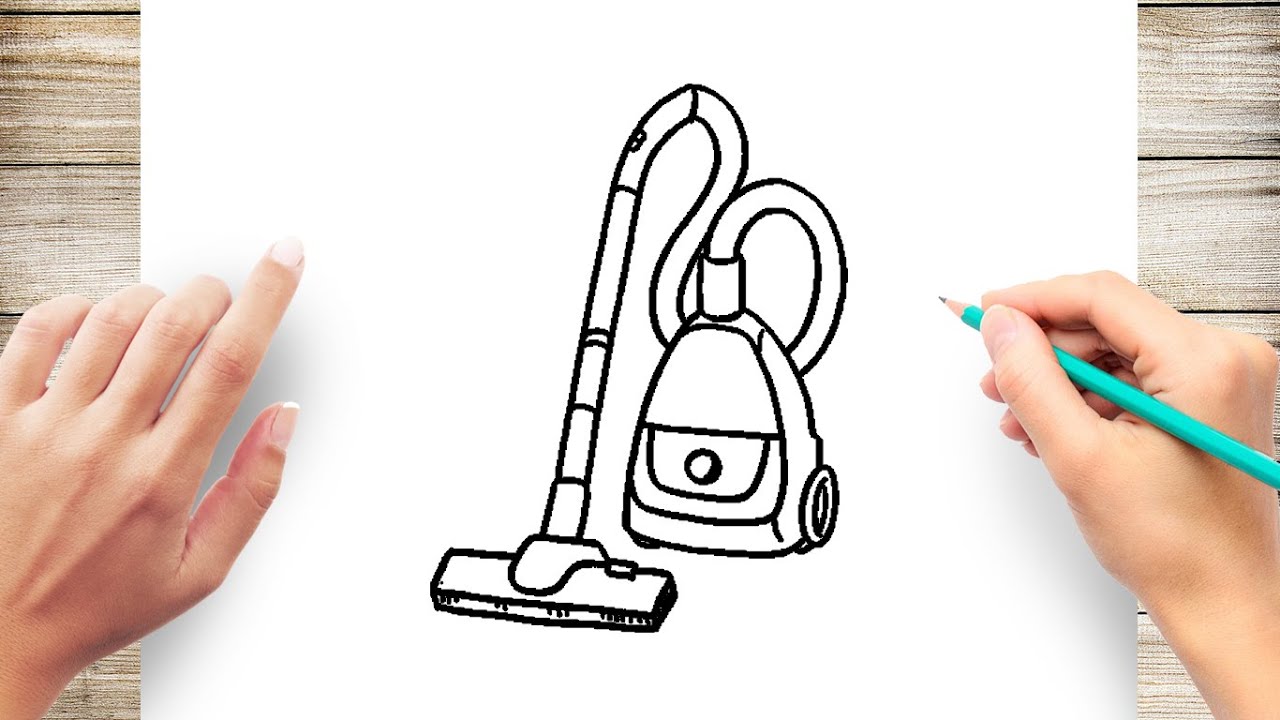

Articles
How To Store Drawings
Modified: January 6, 2024
Learn effective ways to store your drawings with our informative articles. Keep your artwork safe and in pristine condition for years to come.
(Many of the links in this article redirect to a specific reviewed product. Your purchase of these products through affiliate links helps to generate commission for Storables.com, at no extra cost. Learn more)
Introduction
As an artist, you pour your heart and soul into creating beautiful drawings. Each stroke of the pencil or brush represents hours of dedication and creativity. Once your masterpiece is complete, it’s important to store it properly to ensure its longevity and preservation.
Storing drawings may seem like a simple task, but there are several factors to consider. Exposure to light, humidity, and improper handling can all cause irreversible damage to your artwork. By following the right steps and using the correct storage solutions, you can protect your drawings and keep them in pristine condition for years to come.
In this article, we will guide you through the process of storing your drawings effectively. We will discuss the materials needed, how to prepare the drawings for storage, choosing the right storage solutions, organizing the drawings, protecting them from environmental factors, and providing additional tips for long-term storage. Let’s dive in!
Key Takeaways:
- Preserve your drawings for years to come by using archival-quality materials, proper preparation, and strategic organization. Protect your artwork from environmental factors and consider framing and insurance for added security.
- Safeguard your drawings with care and attention to detail. From cleaning and flattening to choosing the right storage solutions and protecting against environmental factors, ensure your artwork remains in pristine condition for future enjoyment.
Read more: How To Store Charcoal Drawings
Materials Needed
Before you begin the process of storing your drawings, it’s important to gather the necessary materials. These items will help ensure the safety and preservation of your artwork:
- Archival-quality storage sleeves or folders
- Acid-free archival tissue paper
- Acid-free mounting boards
- Acid-free boxes or portfolios
- Gloves (preferably cotton or nitrile)
- Soft brushes or compressed air
- Clean, dry cloth or microfiber cloth
- Plastic spacers or dividers
- Humidity control packs (optional)
- Scanners or high-resolution cameras (for digitizing your drawings)
These materials are specifically designed to protect your drawings from harmful elements such as moisture, dust, light, and acids. Investing in high-quality supplies will ensure that your artwork remains in excellent condition, even when stored for extended periods.
It’s also worth noting that you should handle your drawings with clean hands or wear gloves to prevent any damage from oils or dirt on your fingers. By using these materials and taking proper precautions, you’ll be ready to safely store your drawings.
Step 1: Prepare the Drawings
Before storing your drawings, it’s important to properly prepare them for preservation. This step will ensure that your artwork remains protected and in optimal condition for years to come. Here’s how to prepare your drawings:
- Clean the drawings: Begin by gently removing any dust or dirt from the surface of your drawings. Use a soft brush or compressed air to clean the paper, taking care not to damage the artwork in the process.
- Handling with care: As you handle your drawings, make sure to hold them by the edges or use cotton or nitrile gloves. This will prevent any oils or dirt from your hands transferring onto the paper, which can cause damage over time.
- Flatten the drawings: If your drawings have become curled or warped, it’s important to flatten them before storing. Place the drawings between clean, dry sheets of acid-free tissue paper and lay them under a heavy flat object, such as a stack of books. Leave them for a few days to allow the paper to flatten.
- Take digital copies: It’s a good idea to create digital copies of your drawings as a backup. Use a high-resolution scanner or camera to capture clear and accurate images. Store these digital files in a secure location, such as cloud storage or an external hard drive.
By following these preparation steps, you’ll ensure that your drawings are clean, flat, and protected from any potential damage during the storage process. This will lay the foundation for properly preserving your artwork.
Step 2: Choose the Right Storage Solution
Choosing the appropriate storage solution is crucial for preserving your drawings. It’s important to select materials that are specifically designed for long-term preservation and provide the necessary protection against environmental factors. Consider the following options:
- Archival-quality storage sleeves or folders: These sleeves or folders are made from acid-free materials and are designed to protect your drawings from dust, light, and moisture. They provide a barrier to prevent direct contact with harmful elements.
- Acid-free mounting boards: Using acid-free mounting boards can help prevent your drawings from bending or creasing. The boards provide additional support and stability when storing your artwork.
- Acid-free boxes or portfolios: Acid-free boxes or portfolios are excellent for storing multiple drawings together. They provide a safe and organized storage solution, protecting your artwork from light and environmental damage.
- Plastic spacers or dividers: If you plan to store multiple drawings in a single portfolio or box, use plastic spacers or dividers to keep them separated and prevent any potential damage from rubbing or sticking together.
- Humidity control packs: In areas with high humidity, it’s beneficial to include humidity control packs in your storage container. These packs help maintain a stable relative humidity level, preventing mold or mildew growth on your drawings.
When choosing your storage solution, prioritize acid-free and archival-quality materials. These materials are specially designed to prevent deterioration and preserve the quality of your drawings over time. Remember to select a storage solution that suits the size and quantity of your drawings while still providing ample protection.
By investing in the right storage materials and solutions, you can ensure that your drawings are safeguarded against potential damage and will remain in excellent condition for years to come.
Store drawings in a flat, acid-free portfolio or drawer to prevent bending or damage. Use acid-free tissue paper between each drawing to protect the surface.
Step 3: Organize the Drawings
Proper organization is key to easily accessing and maintaining your drawings. When it comes to organizing your artwork, consider the following tips:
- Categorize by theme or series: If you have a collection of drawings that belong to a specific theme or series, group them together. This will make it easier to locate and display them cohesively.
- Sort chronologically: If you have a series of drawings that were created over time, consider arranging them in chronological order. This will provide a visual timeline of your artistic progression.
- Label and document: It’s essential to label your drawings with relevant information such as title, date, and medium. Additionally, keeping a detailed inventory or catalog of your drawings can help you keep track of your collection and facilitate easier retrieval.
- Use dividers or folders: When storing multiple drawings in one container, use dividers or folders to create separate sections. This will prevent the drawings from rubbing against each other and minimize the risk of damage.
- Create an index or database: For larger collections, consider creating an index or a database that lists all the drawings along with their corresponding details. This can be a useful reference tool when searching for specific pieces.
Organizing your drawings not only makes it easier to find and display them but also helps to minimize handling and potential damage due to rummaging through a disorganized storage area. Take the time to establish a systematic organization system that suits your needs and helps you maintain the integrity of your collection.
Remember, each artist has their own unique way of organizing their artwork, so feel free to customize your approach to fit your personal style and preferences.
Read more: How To Store Pastel Drawings
Step 4: Protect the Drawings from Environmental Factors
Protecting your drawings from environmental factors is crucial to ensure their long-term preservation. Exposure to light, humidity, temperature fluctuations, and pollutants can all cause irreversible damage to your artwork. Here are some measures you can take to safeguard your drawings:
- Avoid direct sunlight: Ultraviolet (UV) rays from sunlight can fade and damage your drawings over time. Store your artwork in a cool, dark place away from direct sunlight to prevent any light-related deterioration.
- Control humidity levels: High humidity can lead to mold growth and paper warping. Aim for a relative humidity level of around 40-50% when storing your drawings. Consider using humidity control packs or investing in a dehumidifier to maintain stable humidity conditions.
- Maintain stable temperature: Extreme temperature fluctuations can cause paper to expand and contract, leading to damage. Store your drawings in an environment with a relatively stable temperature, preferably between 65-70 degrees Fahrenheit (18-21 degrees Celsius).
- Minimize exposure to pollutants: Keep your drawings away from areas with high levels of pollutants such as smoke, chemicals, or heavy traffic. These pollutants can deteriorate your artwork and cause discoloration.
- Handle with care: When accessing or moving your drawings, always handle them with clean, dry hands or wear gloves to prevent oils or dirt from transferring onto the paper. Be cautious not to bend, fold, or crease the artwork during the handling process.
By taking these precautions, you can significantly reduce the risk of environmental damage to your drawings. Remember, prevention is key when it comes to preserving your artwork, so always prioritize protecting them from these detrimental factors.
Step 5: Additional Tips for Long-Term Storage
Ensuring the long-term storage of your drawings requires attention to detail and a proactive approach. Here are some additional tips to keep in mind:
- Periodic inspections: Regularly inspect your drawings for any signs of damage, such as discoloration, mold, or pests. Catching issues early allows for prompt action and prevents further deterioration.
- Rotate your collection: If you have a large collection of drawings, consider rotating the displayed artwork periodically. This helps prevent overexposure to light and ensures all pieces receive equal attention.
- Consider framing: Selecting appropriate frames for your drawings can offer an additional layer of protection. Opt for frames with UV-protective glass to minimize light damage. Ensure the frame fits the artwork properly to prevent moisture or dust from entering.
- Backup digital copies: In addition to creating digital copies during the preparation step, regularly update and backup your digital files. This provides an extra layer of protection in case of any unforeseen events or damages to your physical collection.
- Insurance: If your drawings hold significant value, consider obtaining art insurance. This safeguards your collection against theft, damage, or loss, providing peace of mind and financial protection.
Implementing these additional tips will help ensure the longevity and preservation of your drawings, giving you confidence that your artwork remains safe and protected over the years.
Conclusion
Storing your drawings properly is essential for their long-term preservation and protection. By following the steps outlined in this article, you can ensure that your artwork remains in excellent condition and can be enjoyed for years to come.
Remember to carefully prepare your drawings by cleaning them and flattening any curling or warping. Choose the right storage solutions, such as archival-quality sleeves, acid-free boxes, and dividers, to provide the necessary protection against environmental factors.
Organize your drawings in a systematic manner and consider creating a catalog or database for easy retrieval. Protect your artwork from harmful elements by avoiding direct sunlight, controlling humidity levels, maintaining stable temperatures, and minimizing exposure to pollutants.
Lastly, don’t forget to take precautionary measures such as periodically inspecting your drawings, rotating your collection, considering framing, backing up digital copies, and obtaining art insurance if needed.
By following these guidelines, your drawings will be safeguarded from damage and deterioration. You can have peace of mind knowing that your artistic creations are preserved for future generations to appreciate and enjoy.
Now, collect your materials, follow the steps outlined here, and store your drawings with confidence!
Frequently Asked Questions about How To Store Drawings
Was this page helpful?
At Storables.com, we guarantee accurate and reliable information. Our content, validated by Expert Board Contributors, is crafted following stringent Editorial Policies. We're committed to providing you with well-researched, expert-backed insights for all your informational needs.















0 thoughts on “How To Store Drawings”